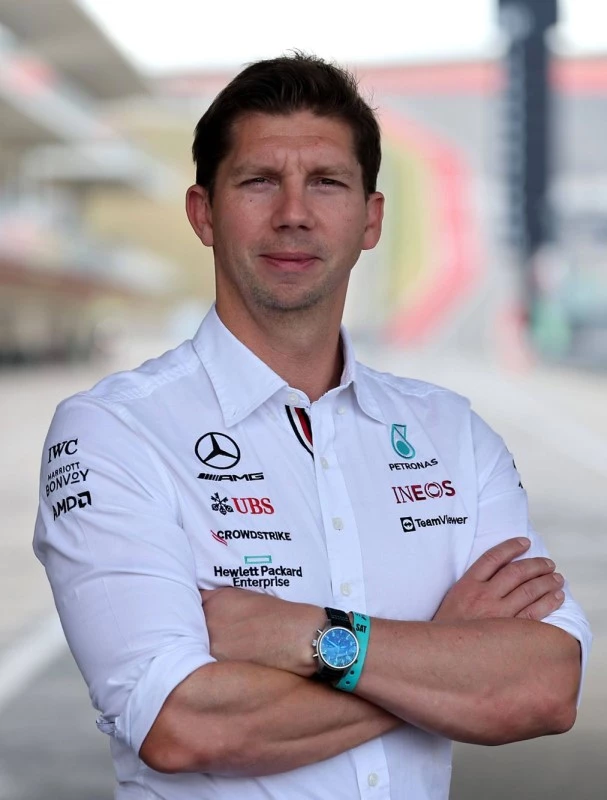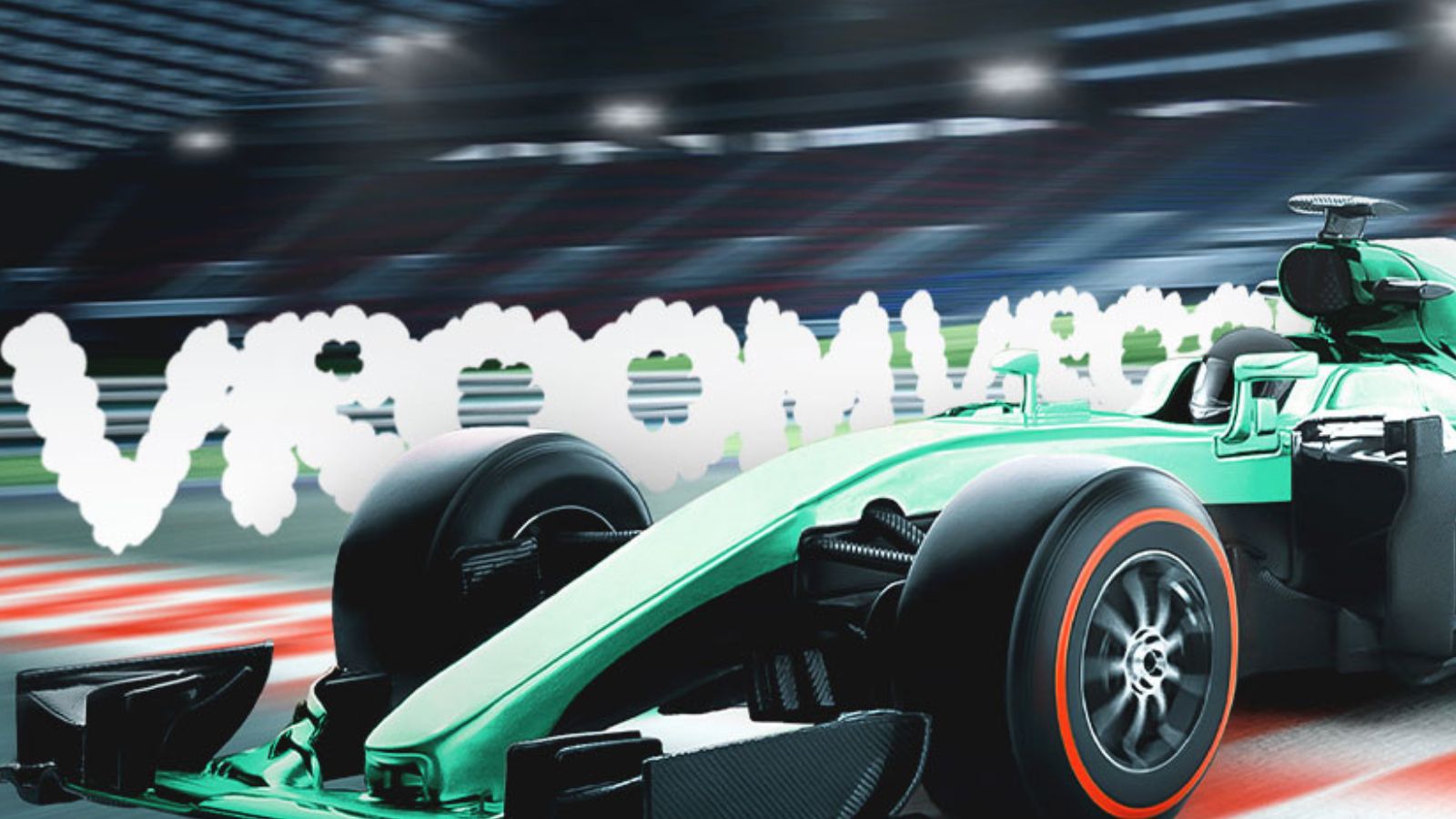Over the past few years, esports has grown from a niche community to something shown on a worldwide stage. Universities and colleges even offer esports programmes, recognising the thriving esports industry and the transferable skills it offers.
F1 esports in particular has shown phenomenal growth in the last few years, from its humble origins to teams featuring F1 drivers from both sides of the track. How has F1 esports managed to grow so rapidly over the past few years? We’re taking a closer look at the history and how the competition has elevated over the years. Will it ever achieve the same prestige as F1? Are we already there? Let’s find out with an epic deep dive into F1 esports.

What is F1 Esports?
In 2017, the F1 Esports series was launched as a means to get more people, especially younger generations, involved in the sport. Designed to highlight the highs and lows, along with the competitive nature of Formula One racing.
Currently, all of the ten official F1 teams take part in the esports series. Drivers battle it out for a trophy and grand cash prize. To participate in the series, the drivers use an immersive racing simulator setup. This consists of a cockpit with a pedal set and racing wheel that is connected to a gaming PC, usually with multiple monitors to simulate a windscreen.
Differences Between the F1 Races and F1 Esports:
The F1 esports series has many of the same features, rules, and regulations as traditional Formula One races. As to be expected, with the competition taking place on a very different medium, there are certain changes to the way in which the races are conducted.
In the esports league, the distance raced is 50% shorter than the Grand Prix. Originally it was 35% shorter, but this was changed for 2022. Along with this, all corner cuts or track extensions will result in a penalty or transgression that can affect a driver’s chances for success later on.
What’s more, the limitation on using Q2 tyres has been removed, too. This means the drivers who achieve a place in the top ten during qualifying don’t have to start on the same tyres they used during their fastest Q2 lap. However, this was also recently introduced into traditional F1 races, so it is no longer a difference between the sports.
Another key variation is that in F1 races no two cars are the same. There are distinct differences between all of the models, their performance, and lap times. Whereas, in the esports series, every car is capable of the same performance, and can deliver the same lap time. Often there is less than two-tenths of a second between the top ten drivers crossing the finish line. Victory all depends on the skill of the individual driver. Every choice, or mistake, can have a serious impact on their teams’ chances of winning.
Regardless of these differences, the F1 esports series demands the same method, mental skill, dedication, and rigorous training as the original series. In fact, championship races can require an intense level of mental endurance and a strong skill set.

The History of Formula One Esports:
The first F1 esports Championships took place in 2017, after the release that year’s F1 game. Over 60,000 racers all battled it out in the qualifying stages, with only 40 progressing to the semi-finals. No official F1 teams were involved that year, and the final race was around the Yas Marina circuit. The trophy went to Brandon Leigh. F1 esports’ very first winner.
2018 marked the first year of official F1 involvement. The Championship was split into two: Drivers’ and Teams’. Nine teams competed this year. In both the Drivers’ and Teams’ Championships, The Mercedes-AMG PETRONAS Esports Team was victorious, with their driver Brendon Leigh, once again, taking home the trophy.
In 2019, all ten official F1 teams got involved in the esports series. The ten teams were:

- Alfa Romeo
- Alphaturi
- Alpine
- Aston Martin
- FDA
- HAAS
- McLaren
- Mercedes-AMG Petronas
- Red Bull
- Williams
Drivers from all of these teams engaged in fast-paced racing to earn a whopping $750K prize fund. In the end, it was the Red Bull team who was victorious in the Teams’ Championship and Ferrari’s David Tonizza who took home the Drivers’ Championship.
In 2020, whilst COVID-19 was at its peak, the F1 Esport Championships created the Virtual Grand Prix. This race saw current and former F1 drivers take to the virtual road and put their skills to the test. The event attracted 30 million viewers worldwide on both TV and digital streaming platforms, such as Twitch.

Due to the pandemic, the 2020 Championship also took place remotely. Once again, all ten official teams took part for a chance to win $750k in prize money. Red Bull claimed their victory in the Teams’ Championship for the second time, whilst Alfa Romeo’s Jarno Opmeer won in the Drivers’.
In 2021 the races remained remote. Jarno Opmeer moved to The Mercedes-AMG PETRONAS Esports Team this year, and both went on to claim victory in the Teams’ and Drivers’ Championships.

‘Esports viewership and engagement has seen significant growth year on year as the platform evolves and matures. To provide some figures; when we compare the growth in just F1 Esports viewership year on year there is a near doubling of our audiences.
As with Formula 1, the competition is fiercer every race, and every year; the standard that won yesterday will simply not be sufficient tomorrow. This challenge will continue to push the boundaries of the racers, and the teams.’
James Vowles – Motorsport Strategy Director for the Mercedes-AMG PETRONAS Formula One Team
How F1 Esports Has Grown:
The beauty of esports is that it attracts a brand-new generation of viewers as well as players. Inspiring a younger audience to get involved in sport and teamwork, helping to develop critical skills needed to succeed in the future. John Clake from Gfinity Esports has described the growth in esports due to a ‘’growing passion for virtual racing and the appeal of all things Formula 1 amongst young gamers’’.
One of the main reasons behind the success of the F1 esports series is the more personal touch it gives to the events. Formula One is a global sport and by transferring it to the virtual world, it enables everyone to take part in these events. Even if fans would normally struggle to attend the global races in person. Engaging from platforms like Twitch or YouTube, fans can directly watch, re-watch, and participate in live chats with other fans during the action. All from the comfort of their own homes.
Plus, the majority of the F1 drivers and teams have a large following on streaming platforms such as Twitch. Fans can watch them play games and interact with their favourite F1 drivers on a closer level. A 2017 study into the impact of esports versus ‘traditional’ sports showed that fans use forms of interactive media, such as video games, to improve their overall viewing experiences. Esports, in particular, offer fans feelings of escapism and motivation. In fact, they also become more immersed in the action. Often resulting in them becoming inspired to emulate their favourite sport so they too can experience the same highs and lows as their beloved F1 drivers.
Similar to the wider esports community, F1 esports experienced a popularity surge during the COVID-19 pandemic. Whilst the Formula One races were postponed, the F1 esports events could still take place remotely, attracting fans of the original to fill the void its absence left. During the 2020 event, 11.4 million viewers watched worldwide, a massive 99% increase compared to the previous year.
The 2022 Formula One Esports Pro Championships:
The 2022 F1 Esports Pro Championships kicked off on the 14th of September. This year, the event will be split into four races, all taking place online every month until December 16th.
Back for its sixth season, drivers will be competing in the latest F1 22 game. All ten of the official F1 teams are taking part, and this year each of the races has been designed to truly test the driver’s skills, pushing them to the limits. All of the events will be live streamed on the official F1 Twitch and YouTube accounts, along with the races being broadcasted on certain TV channels, such as SkySports F1.
‘’I like to think Esports and traditional sports can all work together. I don’t see a reason why they can’t all get along. TV broadcasters need to get on board, and maybe work around big events.’’
Dominic Sacco, British Esports Association
Last year’s winners, Jarno Opmeer and The Mercedes-AMG PETRONAS Esports Team, will have to work hard to keep their titles as champions and win the $750k prize pot.

Le Mans Virtual Series:
Along with the 2022 F1 Esports Championships, there is also the Le Man Virtual Series taking place between September and January. The Le Mans Virtual Series has a focus on endurance racing. It has been designed to perfectly replicate the prestigious, competitive, and challenging FIA World Endurance Championship.
rFactor 2 is the racing simulator platform and drivers will battle it out across five rounds, to earn themselves a grand $250K prize and be named champion. This competition culminates in a gruelling 24-hour finale.

Get the full scoop on The Mercedes-AMG PETRONAS Esports Team and the La Mans Virtual Series by clicking the link below.

Who Will You Be Cheering On?
We can’t wait to see the results of this year’s F1 Esports Championships and the Le Mans Virtual Series. Which team will you be cheering on?
